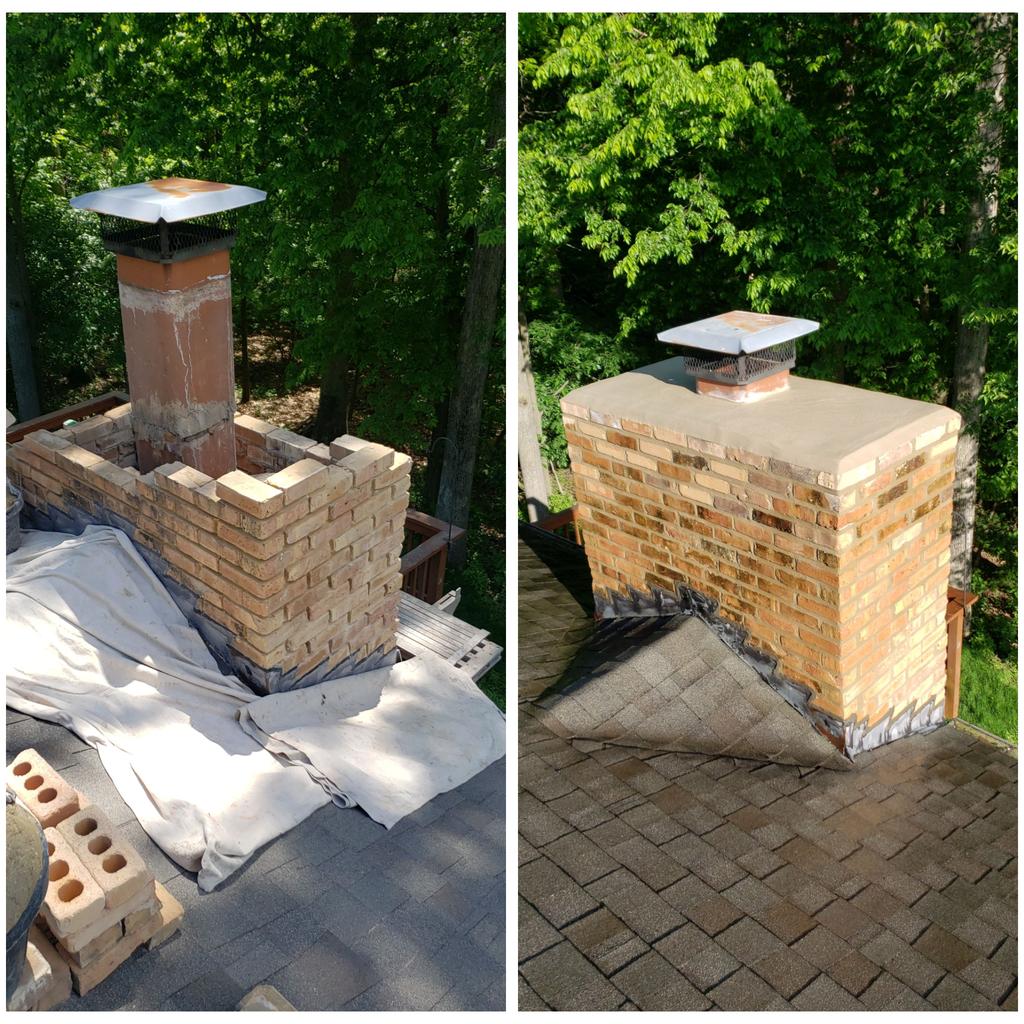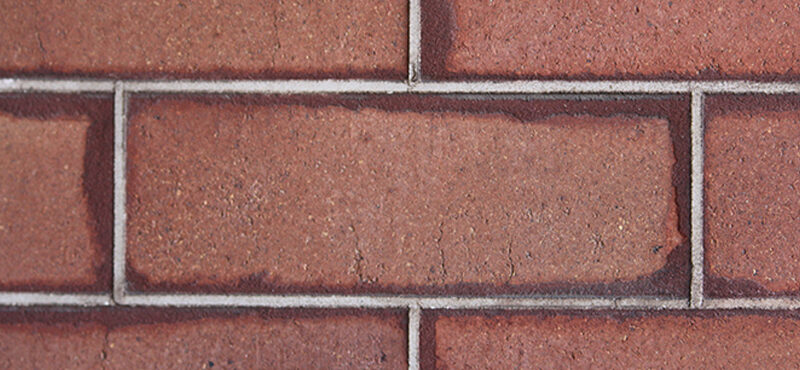Raul's Tuckpointing St. Louis MO: Your Premier Selection for Stonework Quality
Wiki Article
Boost the Beauty and Toughness of Your Brickwork With Tuckpointing
Brickwork has actually long been respected for its timeless charm and durability. Nevertheless, in time, the mortar that holds those bricks together can wear away, leaving your framework at risk to harm and detracting from its aesthetic appeal. Yet fear not, for there is a remedy that can recover both the appeal and longevity of your brickwork: tuckpointing. This age-old strategy not only improves the visual charm of your brickwork, yet likewise reinforces its structural stability. Yet what specifically is tuckpointing and exactly how does it differ from repointing? And just how can you guarantee that your tuckpointed brickwork remains in immaculate condition? In this discussion, we will discover the fundamentals of tuckpointing, its benefits, the difference between tuckpointing and repointing, the process itself, and the key methods for maintaining and caring for tuckpointed brickwork.The Fundamentals of Tuckpointing
Tuckpointing is an experienced method made use of to fix and improve the look and structural integrity of brickwork. It entails the procedure of eliminating scrubby mortar joints and changing them with fresh mortar. The term "tuckpointing" refers to the technique of making use of two different colors of mortar to create the impression of great joints, giving the brickwork an extra refined and aesthetically pleasing look.
The initial step in tuckpointing is to meticulously analyze the problem of the brickwork. This entails checking the mortar joints for indications of deterioration, such as breaking, falling apart, or missing mortar. When the problem locations have actually been recognized, the old mortar is very carefully eliminated making use of specialized tools, such as a grinder or carve, while guaranteeing that the blocks themselves remain intact.
After the old mortar has been gotten rid of, the next action is to prepare the joints for fresh mortar. This typically involves cleaning up out any debris or loose material and dampening the joints to guarantee proper attachment. A proficient tuckpointer utilizes a directing trowel to carefully fill the joints with fresh mortar, making certain to produce a uniform and flush surface area.
Benefits of Tuckpointing
Improving both the longevity and appearance of brickwork, tuckpointing deals a number of noteworthy benefits for homeowners and home proprietors alike. One of the primary advantages of tuckpointing is its capability to extend the life expectancy of block frameworks. By changing tatty mortar joints, tuckpointing stops wetness from seeping into the brickwork, which can lead to architectural damages over time. This aids to maintain the integrity of the brickwork and prolong its overall resilience.Over time, mortar joints can end up being fractured, faded, or discolored, taking away from the total appearance of the brickwork. Tuckpointing entails meticulously eliminating the damaged mortar and changing it with fresh mortar of a different shade.
In addition to boosting the long life and appearance of brickwork, tuckpointing can additionally enhance the value of a residential property. Properly maintained brickwork is viewed as a preferable function by prospective buyers and can considerably boost the curb appeal of a residential or commercial property. When the time comes to place the property on the market., this can lead to a higher marketing rate and a quicker sale.
Tuckpointing Vs. Repointing: What's the Difference?

To compare tuckpointing and repointing, it is necessary to understand the vital distinctions between these 2 methods of brickwork repair. While both methods aim to keep the architectural integrity and visual appeal of brickwork, they vary in their approach and implementation.
Tuckpointing is a meticulous process that entails using two various colors of mortar to produce the illusion Check Out Your URL of great joints. This technique is primarily utilized to boost the aesthetic charm of brickwork by creating the appearance of well-maintained and well-crafted joints. The tinted mortar is meticulously applied and shaped to match the color and profile of the initial mortar, giving the impression of precision and craftsmanship.
On the other hand, repointing is Going Here a more straightforward process that entails removing broken or scrubby mortar from the joints and changing it with fresh mortar. The primary goal of repointing is to bring back the architectural integrity of the brickwork by making sure appropriate bonding and securing between the bricks. Unlike tuckpointing, repointing does not entail the use of colored mortar or the creation of a decorative result.
The Process of Tuckpointing
The application of two various shades of mortar to develop the impression of fine joints is a precise procedure referred to as tuckpointing. This method entails getting rid of worn-out mortar joints and changing them with brand-new mortar to enhance the appearance and architectural stability of the brickwork. The process of tuckpointing can be divided right into numerous actions.First, the old mortar is meticulously gotten rid of making use of specialized devices such as mills and chisels. It is essential to eliminate the mortar to an adequate deepness to make sure a strong bond with the new mortar.
Next, the joints are completely cleansed to remove any kind of debris or dirt. This helps to develop a tidy surface area for the new mortar to follow.
As soon as the joints are cleansed, a slim layer of brand-new mortar is put on the joint using a little directing trowel. This preliminary layer, recognized as the "aiming up" mortar, is generally the exact same shade as the existing mortar.
After the first learn the facts here now layer has been applied, a 2nd layer of mortar is used in addition to it. This 2nd layer, called the "fillet" mortar, is a various color and is carefully formed to create the impression of a great joint.

Caring and maintaining for Tuckpointed Brickwork
Once the tuckpointing process is completed, correct maintenance and care are vital to maintain the boosted elegance and toughness of the brickwork. This maintenance not just guarantees that the tuckpointed areas remain practical and undamaged but likewise assists to avoid any potential damages to the general structure.One of the essential facets of maintaining tuckpointed brickwork is routine cleansing. It is essential to avoid utilizing any harsh chemicals or unpleasant devices that can possibly harm the mortar or the bricks themselves.
Along with cleaning, it is very important to check the tuckpointed areas occasionally. This permits the very early detection of any type of signs of wear and tear or damages. Any kind of fractures, loosened mortar, or signs of water damages must be resolved immediately to stop further deterioration.
Additionally, guaranteeing appropriate drain around the brickwork is crucial. Water merging or incorrect water drainage can result in moisture penetration, which can deteriorate the mortar and trigger architectural damage. Clearing gutters and downspouts routinely and making sure that they are properly routed away from the brickwork can assist avoid these problems.
Lastly, it is recommended to speak with an expert tuckpointing contractor for routine repair and maintenance. Their know-how and experience can make certain that any kind of necessary fixings are done properly, preserving the stability and longevity of the tuckpointed brickwork.
Final Thought
In final thought, tuckpointing is a valuable method for enhancing the charm and resilience of brickwork. Tuckpointing includes the removal and replacement of worn-out mortar, resulting in a consistent and tidy appearance.
It involves the procedure of getting rid of tatty mortar joints and changing them with fresh mortar. Raul's Tuckpointing St. Louis MO.After the old mortar has been gotten rid of, the next step is to prepare the joints for fresh mortar. Tuckpointing involves carefully getting rid of the damaged mortar and replacing it with fresh mortar of a contrasting shade. The tinted mortar is thoroughly used and shaped to match the shade and profile of the original mortar, offering the impact of precision and craftsmanship

Report this wiki page